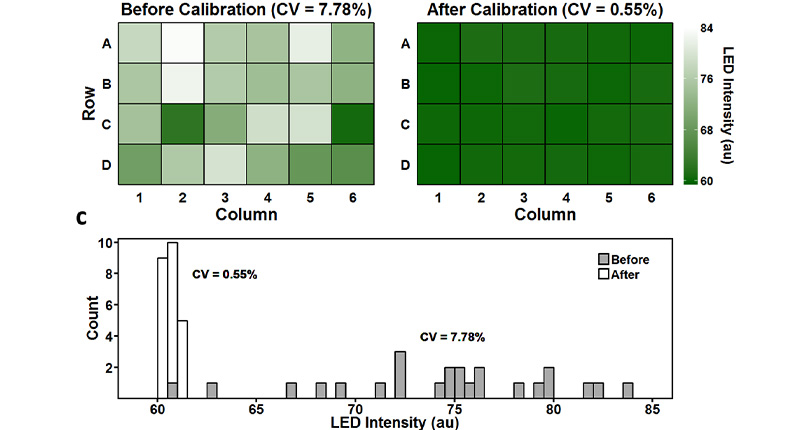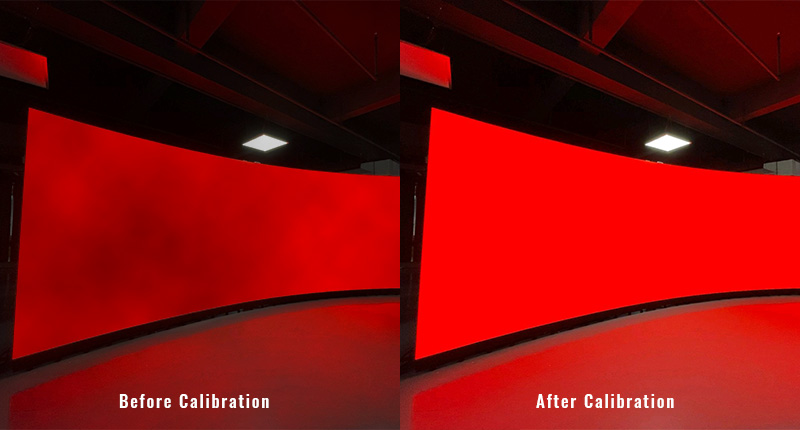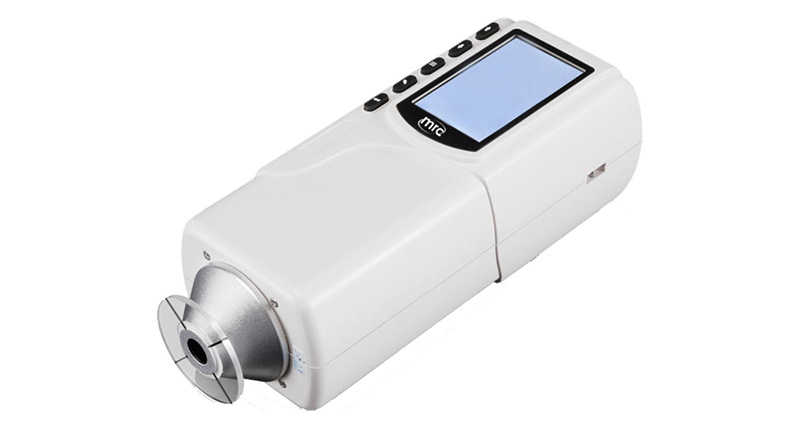Introduction
In the world of LED screens, calibration plays a vital role in ensuring the consistent color and brightness of each LED module. With a well-calibrated LED screen, you can achieve a uniform, high-quality image, making it an essential requirement for advertising and professional applications. In this article, we will explore the process of LED calibration, different types of image calibration, and the importance of recalibrating older LED screens. Let’s dive in!
Understanding LED Calibration
LED calibration is a meticulous process that focuses on maintaining color and brightness uniformity across all LED modules or plates on a screen. By calibrating the LEDs, we can minimize variations in color reproduction and brightness levels, resulting in a visually pleasing and consistent image.
Types of Image Calibration on LED Screens
Relative Calibration (Screen Uniformity)
When LED screens are manufactured, reputable screen manufacturers subject their products to calibration processes before delivery. This initial calibration, known as relative calibration or screen uniformity, ensures that the LEDs on the screen display similar colors and brightness levels. It reduces the likelihood of noticeable variations among different modules, resulting in a cohesive visual experience.
Absolute Calibration (Color Realism)
In professional applications, such as LED screens on television dishes or high-end broadcast systems, both image uniformity and color realism are crucial. To achieve exceptional color accuracy, manufacturers employ a process called absolute calibration. Absolute calibration involves advanced techniques that adjust color reproduction with great precision, resulting in a true-to-life color representation. However, due to its complex and time-consuming nature, absolute calibration is primarily recommended for high-end televisions and professional broadcast systems.
The Calibration Process: Achieving Optimal Results
To calibrate a LED monitor effectively, a specialized device called a colorimeter is used in conjunction with a computer system. Here’s an overview of the calibration process:
- Colorimeter: The colorimeter is a unique camera-like device that captures and measures a broader spectrum of light than conventional cameras. It analyzes pre-established image patterns displayed on the LED screen.
- Real-Time Analysis: The colorimeter transmits the captured data to a computer system in real time. The computer system processes the data, identifies any color or brightness inconsistencies, and generates diagnostics.
- Adjustments: Based on the diagnostics, the individual components of the LED monitor are modified to rectify any identified issues. These adjustments can include fine-tuning brightness levels, color temperature, and color gamut.
- Hardware Calibration: The calibration process is performed directly on the LED monitor’s hardware. This ensures that the adjustments made during the process are stored within the monitor itself, resulting in consistent color and brightness performance.
Should an Old LED Screen Be Recalibrated?
Over time, LED screens can experience changes due to factors such as aging and increased temperatures. These changes can affect the spectral peaks of the LEDs, altering the wavelengths and resulting in variations in chromaticity. As a result, older LED screens may exhibit lower brightness, a shift in white balance, and changes in the chromaticity of primary and intermediate colors.
Recalibrating an aging LED screen can help mitigate these issues. By performing calibration on older screens, you can compensate for the general reduction in brightness and address color inconsistencies that may have developed over time. It is important to note that the effectiveness of recalibration may vary depending on the quality of the LEDs used in the screen.
Conclusion
LED calibration is a crucial process to ensure consistent color and brightness across all LED modules in a screen. By implementing proper calibration techniques, you can achieve a uniform, high-quality image that is visually appealing and suitable for advertising and professional applications. Remember that relative calibration enhances color and brightness consistency, while absolute calibration offers exceptional color realism.
If you’re considering LED screens, opt for high-quality models that are calibrated before delivery. Investing in quality LEDs can help minimize the impact of aging and temperature-related changes, reducing the need for frequent recalibration.
By understanding the importance of LED calibration and following best practices, you can optimize the visual performance of your LED screens and deliver captivating content to your audience.



